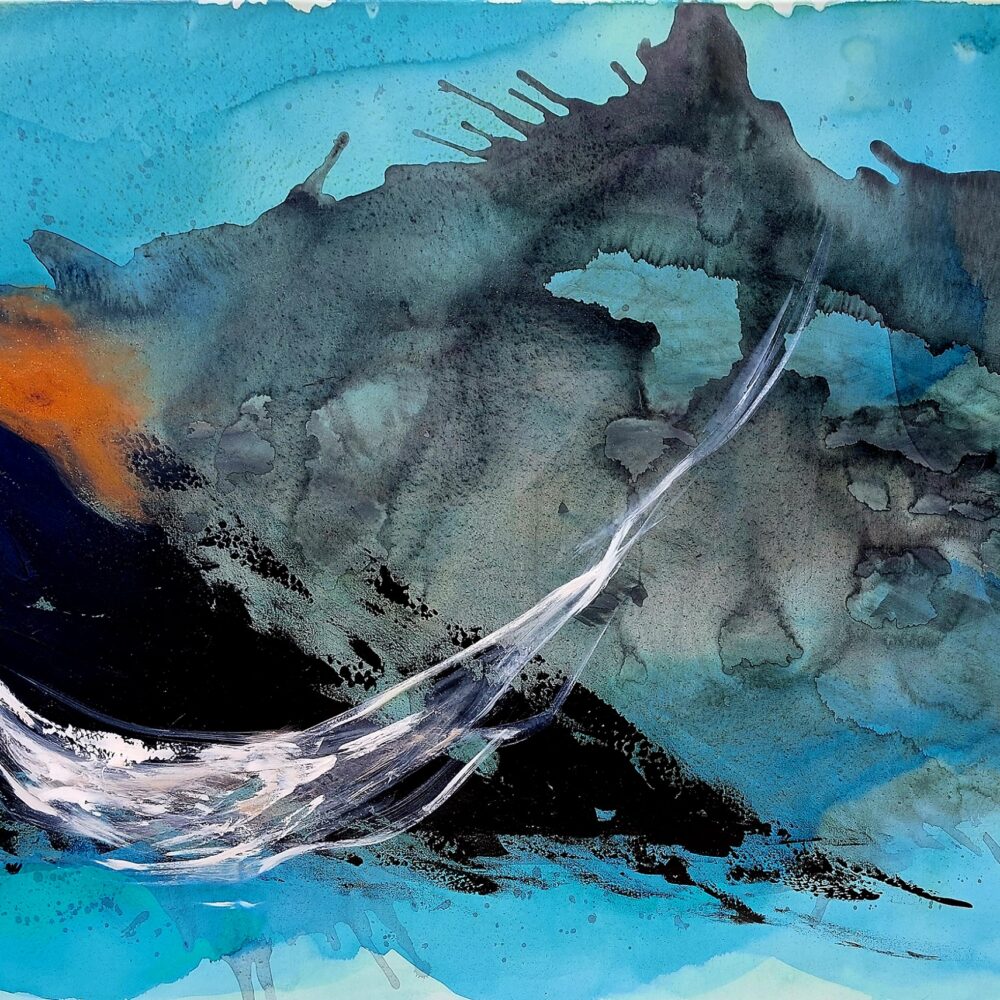
An Intricate Dance of Senses: Introducing Synesthesia
Immerse yourself in the labyrinth of Synesthesia, an exotic neurological phenomenon that interlaces the senses in extraordinary, unexpected ways. Synesthesia, far from being an odd quirk, is actually a remarkable illustration of the brain's flexibility and the intricate networks that tie our senses together. It's like a vivid, continuous sensory ballet, where each stimulus orchestrates a chorus of responses, linking the abstract world of our minds to our tangible, sensory experiences.
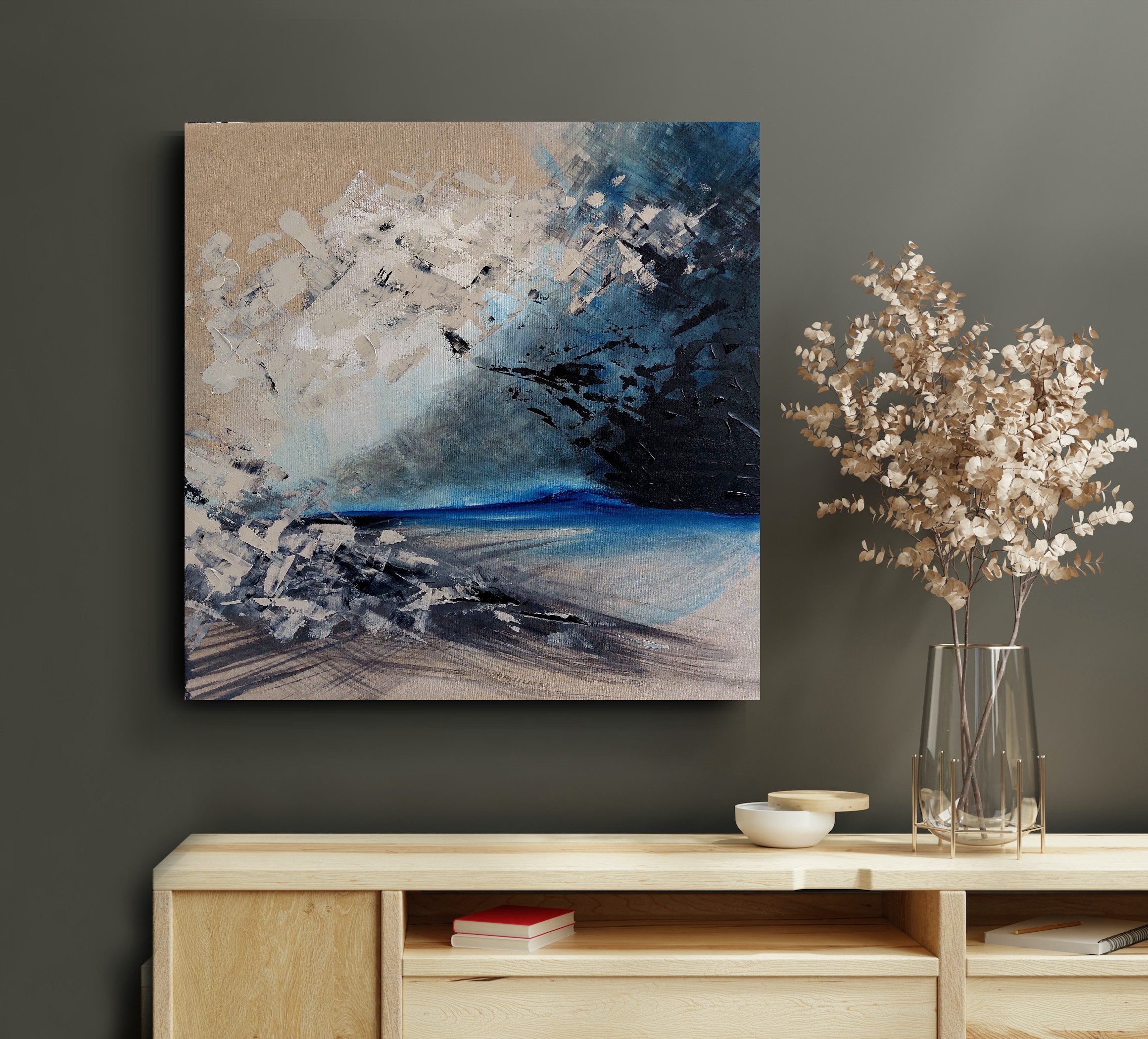
Symphony of Colors: Auditory Synesthesia
Consider, for instance, the sensation of listening to the cadences of a symphony or the soft whispers of the wind. To an individual with Synesthesia, these sounds don't just tickle the eardrums. Instead, they paint vivid kaleidoscopic images, splashing colors, patterns, and textures across the canvas of their mind. It's like having a private, inner light show that's choreographed by the world's soundscape.
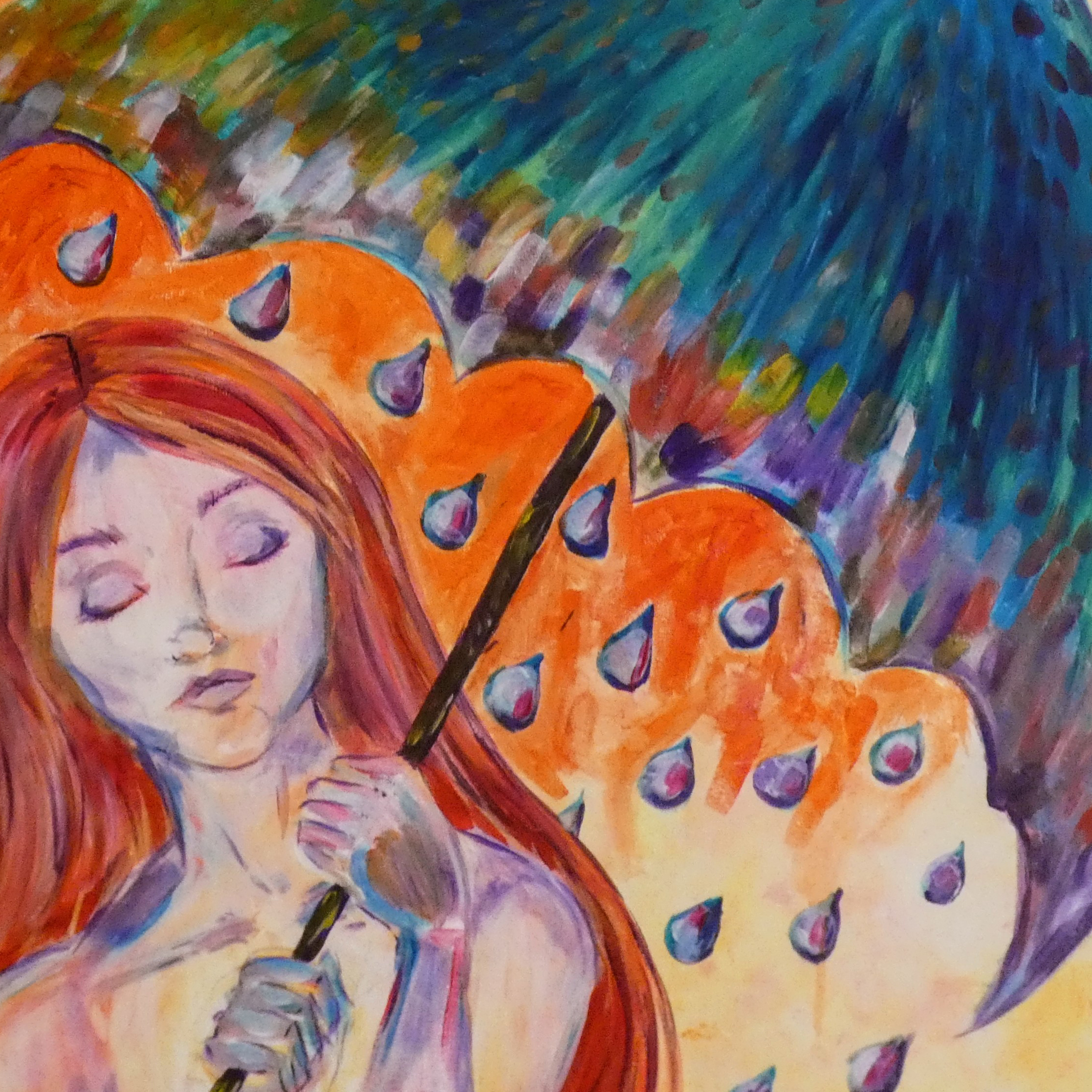
The Chromatic Symphony: Synesthesia's Influence on Figurative Art
Immerse yourself in the transformative world of figurative art under the influence of synesthesia, where the common boundaries of sensory perception are gracefully dissolved. This is an artistic domain where shadows, reflections, and hues are not mere visual elements. Instead, they are passionately interpreted through a prism of multisensory perception – a truly vibrant spectrum known as 'colorful cognition'.<br />
Consider, for example, the works of synesthetic figurative painters such as Wassily Kandinsky or David Hockney. Their extraordinary canvases are an amalgamation of their synesthetic perceptions, transforming everyday subjects into an exhilarating fusion of colors, sounds, and textures. Every brushstroke is an echo of a note, a scent, or a touch, each one capturing the essence of their multi-sensory experiences. Their artworks serve as portals, allowing us a glimpse into the kaleidoscopic reality they inhabit.
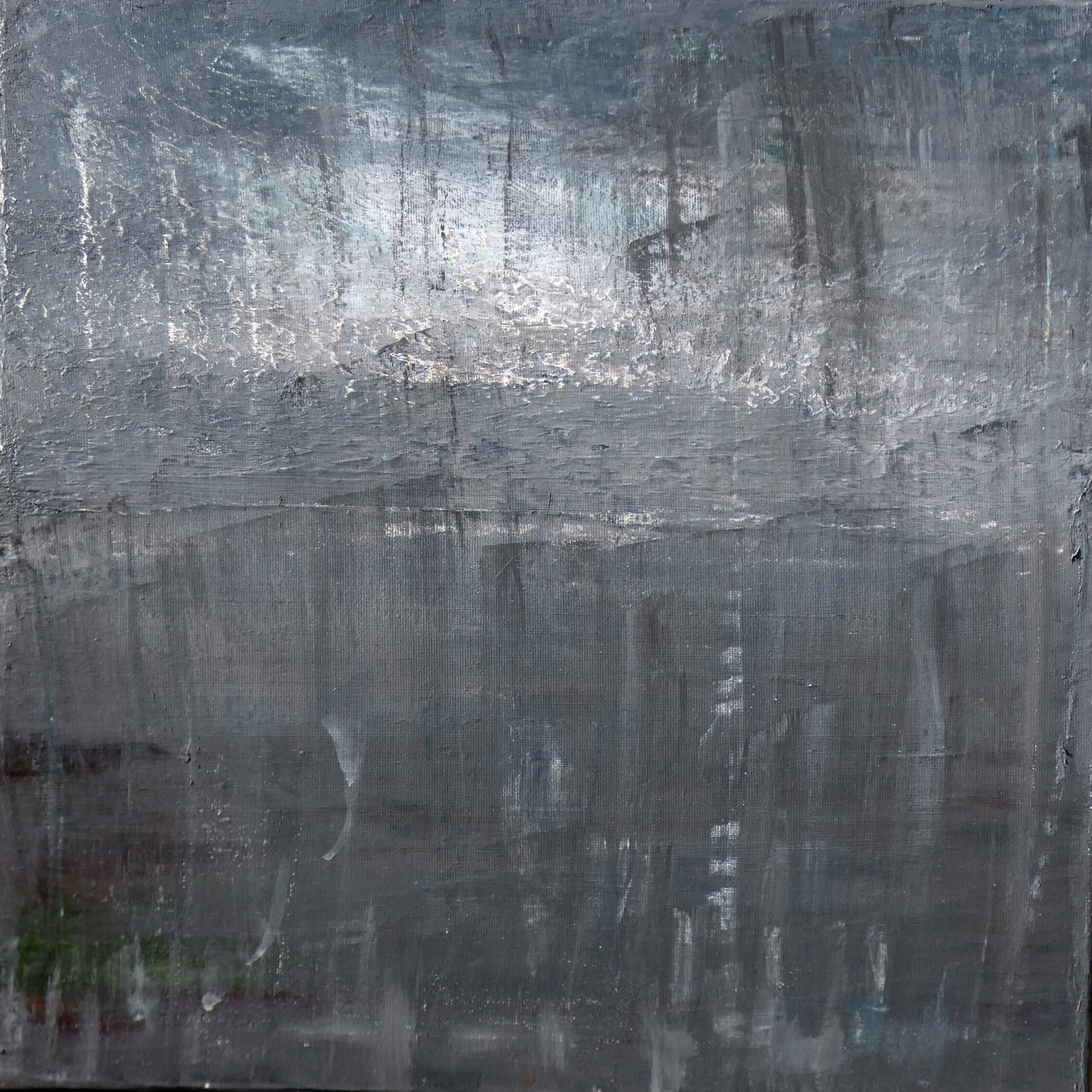
Aromatic Portraits: Olfactory Synesthesia
Or, imagine the intimate connection between the sense of smell and the aesthetic realm. A whiff of a certain perfume isn't merely an olfactory experience; it's a sensory symphony. It might spark vivid colors or intriguing patterns that bloom in the synesthete's consciousness like a Van Gogh painting unfolding before their eyes.
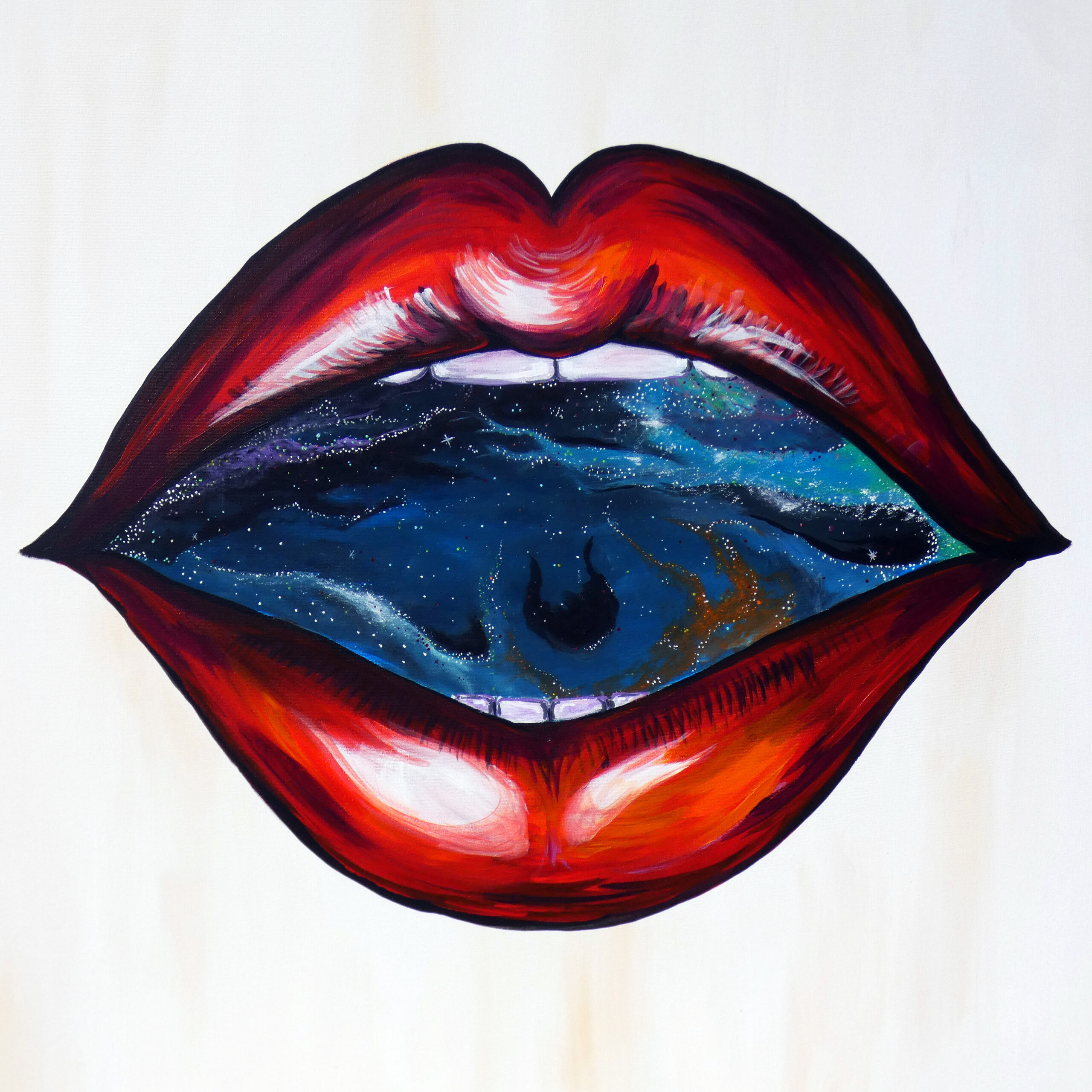
Gourmet Paintings and Textile Melodies: Taste and Touch Synesthesia
The same intriguing phenomenon extends to the realms of taste and touch. The savouring of a velvety piece of chocolate can evoke intricate patterns or colors. A soft touch can ripple across the synesthete's sensory perception like a symphony of hues and textures, transforming every interaction into a rich tapestry of sensory experiences.
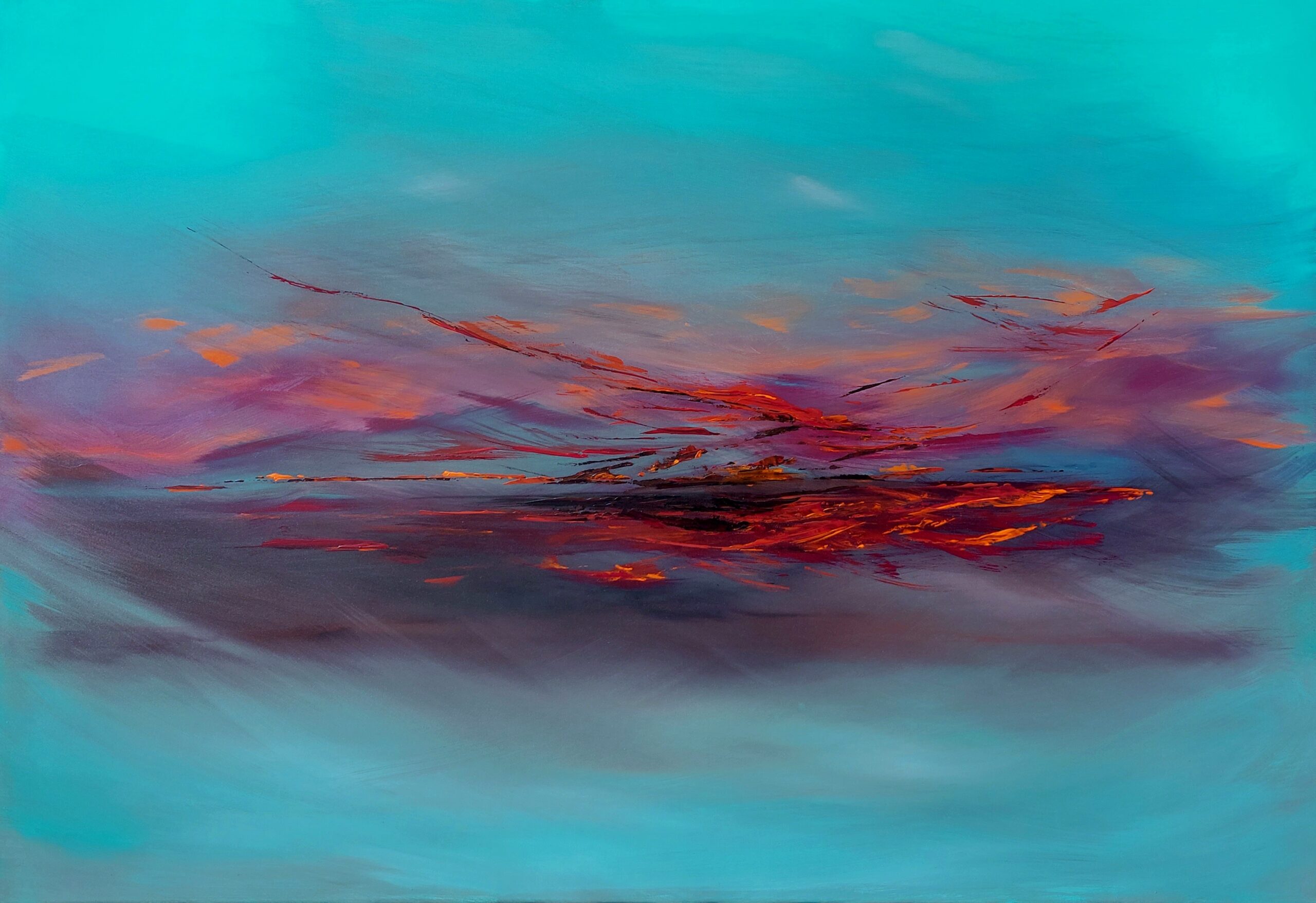
The Science Behind the Symphony: Neurological Insights into Synesthesia
From a scientific and medical perspective, Synesthesia isn't so much an anomaly as it is a fascinating detour in the neural highways that connect our senses. Research suggests that this condition is linked to increased communication between sensory regions in the brain, a sort of neurologically enhanced collaboration. This cross-wiring, or interconnectedness, results in a shared sensory experience where one stimulus triggers a reaction in multiple senses simultaneously.
